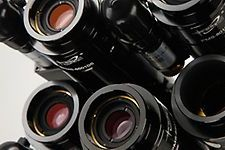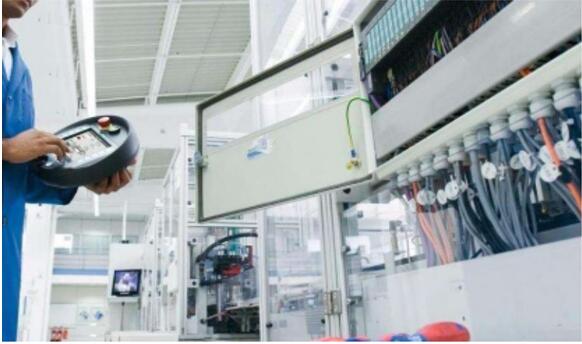In today's era where smart manufacturing and automation sweep across the globe, machine vision technology serves as a pair of intelligent eyes, endowing equipment with unprecedented perceptual capabilities. As the “pupil” of this system—the machine vision lens—it stands as the core component enabling high-precision imaging, with its performance directly determining the reliability and accuracy of the entire system.


Machine vision lenses are not mere replicas of ordinary photographic equipment; they are precision optical devices engineered specifically for industrial-grade applications. Through complex lens combinations and advanced coating techniques, they project target objects clearly onto image sensors, generating digital signals that computers can analyze. Whether inspecting defects in minute electronic components or measuring dimensions of large mechanical parts, their precise capture is indispensable.
Unlike traditional security surveillance or consumer cameras, machine vision lenses prioritize stability, repeatability, and interference resistance. On factory assembly lines, they maintain exceptional imaging quality despite high-speed moving objects, fluctuating lighting conditions, and harsh environments like dust and oil contamination, ensuring consistent data acquisition every time. This capability makes them ideal for critical tasks such as automated quality inspection, 3D reconstruction, and positioning guidance.
Modern machine vision systems demand near-obsessive resolution. High-resolution lenses paired with high-performance sensors enable sub-micron detection accuracy, revealing defects invisible to the naked eye. Simultaneously, their large depth-of-field design ensures clear imaging of objects at varying distances within the same field of view, significantly expanding application scenarios. From semiconductor wafer inspection to automotive component assembly, from biomedical microscopy to packaging label recognition, their presence is ubiquitous.
It is important to note that selecting the appropriate machine vision lens requires comprehensive consideration of multiple factors: working distance determines the field of view, aperture size affects the balance between light intake and depth of field, and interface standards impact compatibility. Professional manufacturers provide customized solutions based on customer needs, including telecentric lenses, ZOOM LENS, and line scan lenses, to meet the specific requirements of different industries.
With the deepening integration of artificial intelligence technology, machine vision is advancing toward intelligent capabilities. Smart lenses featuring auto-focus and dynamic parameter adjustment are emerging. These lenses not only adapt to complex and dynamic production environments but also collaborate with algorithmic models for optimization, further enhancing overall system efficiency. This trend of deep hardware-software integration is driving the manufacturing industry toward more efficient and intelligent transformation and upgrading.
Product recommendation
TECHNICAL SOLUTION
MORE+You may also be interested in the following information
FREE CONSULTING SERVICE
Let’s help you to find the right solution for your project!


 ASK POMEAS
ASK POMEAS  PRICE INQUIRY
PRICE INQUIRY  REQUEST DEMO/TEST
REQUEST DEMO/TEST  FREE TRIAL UNIT
FREE TRIAL UNIT  ACCURATE SELECTION
ACCURATE SELECTION  ADDRESS
ADDRESS Tel:+ 86-0769-2266 0867
Tel:+ 86-0769-2266 0867 Fax:+ 86-0769-2266 0867
Fax:+ 86-0769-2266 0867 E-mail:marketing@pomeas.com
E-mail:marketing@pomeas.com
